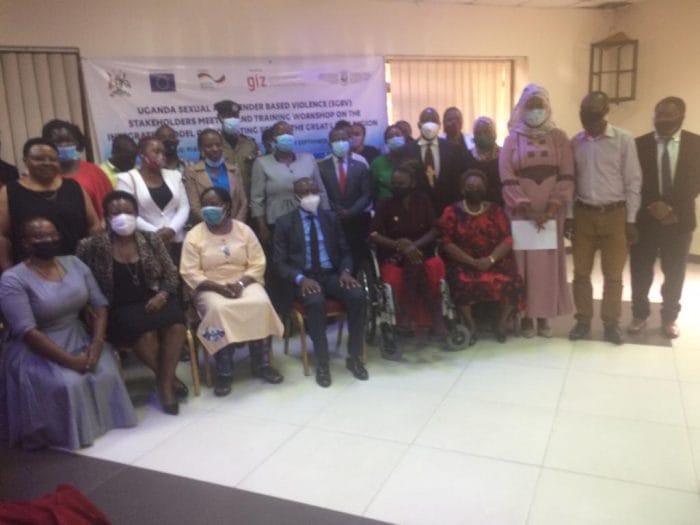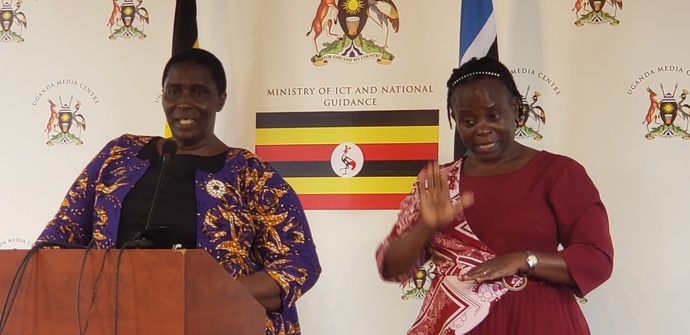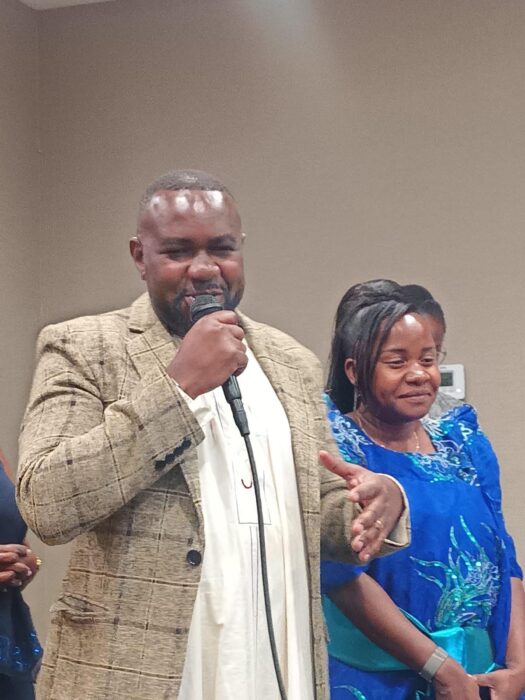
SGBV Providers Tasked On More Service To Victims
By Damba Rogers
The report findings released today by the International conference on great lakes region on SGBV service providers indicate that there is still much to be done by NGOs and government agencies handling SGBV issues in regards to rehabilitation of SGBV victims in the country.
Reading the report findings in a stakeholders meeting in Kampala today, the lead researcher Hon. Dora Byamukama reveals that most services provided concentrate on provision of one or two types of services to SGBV victims or survivors among them being, legal services adding that yet in most cases SGBV victims or survivors require a holistic range of services such as food, shelter, clothing, medical care, financial support, psychosocial support among others to fully rehabilitate the victims.
The report further notes that some of the few services provided to the victims are paid for which threatens victims or survivors to report and service providers to conclusively work on them.
However, the regional director for the International conference on the great lakes Region (ICGLR) training facility Victor Mugaruka is challenging regional member states to develop new and better strategies to crack down in the growing acts of gender based violence among community members.
Speaking at the opening of a four days training of stakeholders on the integrated model on combating SGBV in the region, Mugaruka stated that during the covid-19 lockdown, many female’s adults and young girls have experienced GBV acts with many ending up being pregnant a thing he says creates a deadly generation to come for regional member states.
He further highlighted that such unlawful acts are pausing big challenges to the communities and need to be tackled to save the situation.
A police report of 2020 indicates that 17,664 cases of domestic violence were reported to police compared to 13,693 reported in 2019 giving a 29% increase.
And of 18,872 people who were victims of domestic violence, 3,408 were male adults, 13,145 were female adults, 1,133 were male juveniles while 1,186 were female juveniles.




